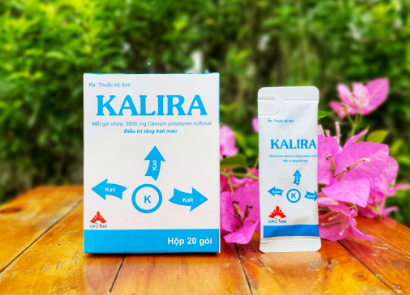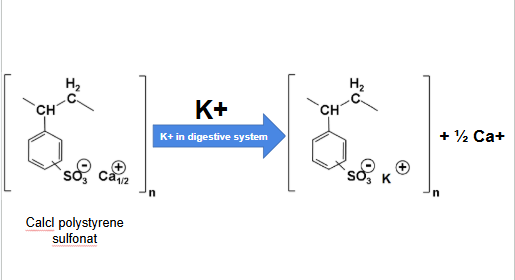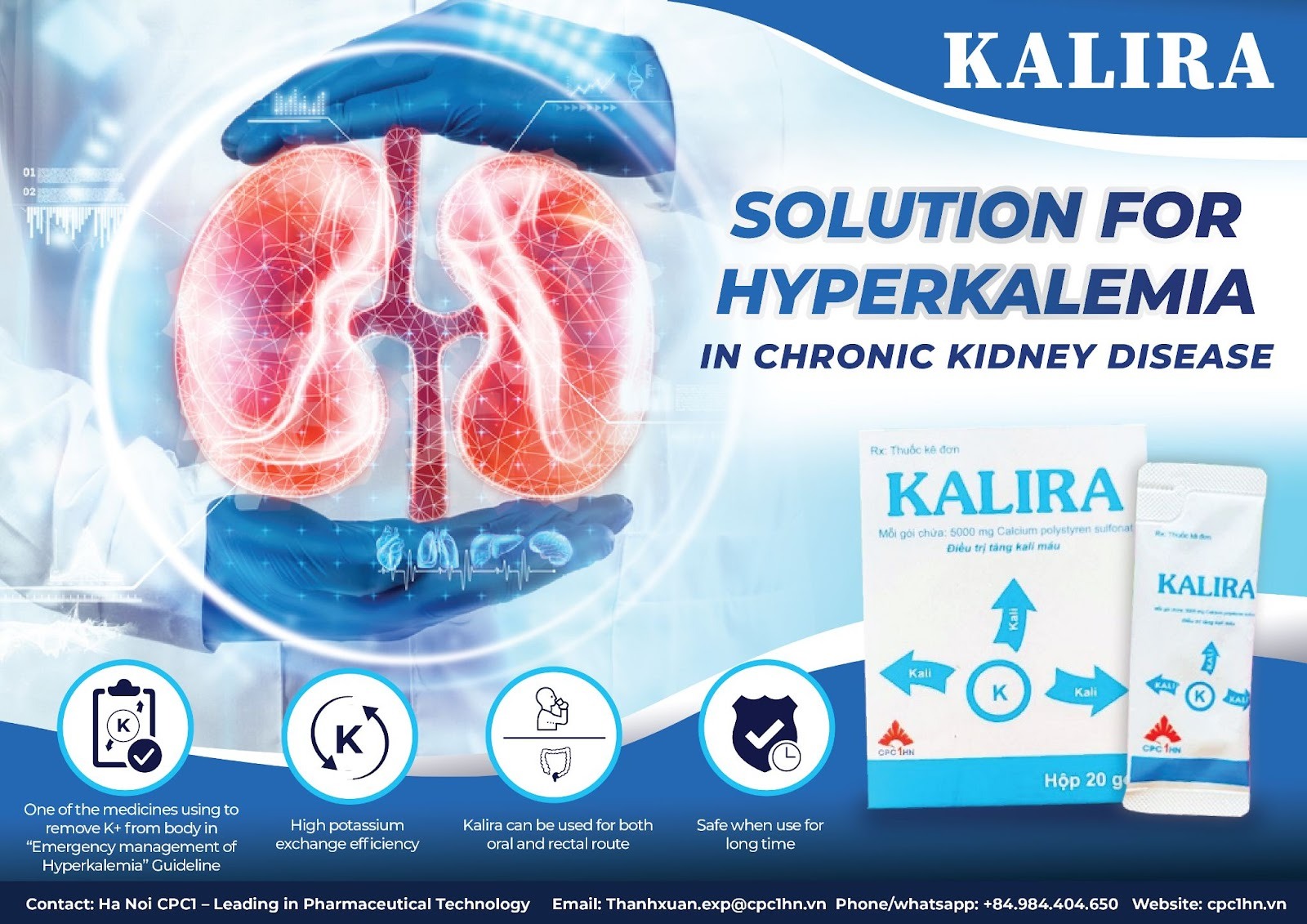Managing Hyperkalemia in Chronic Kidney Disease: A Closer Look at Kalira
Chronic Kidney Disease (CKD) is a global health concern, affecting millions worldwide. It's a serious condition, with its prevalence affecting approximately 1 in 10 people globally. Alarmingly, CKD is recognized as one of the top 10 causes of death in several countries, and its mortality rate has seen a significant increase of 41.5% as of 2017. The progression of CKD demands careful management and strategies to lower its incidence and impact. One of the critical complications that frequently arises in CKD patients is hyperkalemia.
Managing Hyperkalemia in Chronic Kidney Disease: A Closer Look at Kalira
Chronic Kidney Disease (CKD) is a global health concern, affecting millions worldwide. It's a serious condition, with its prevalence affecting approximately 1 in 10 people globally. Alarmingly, CKD is recognized as one of the top 10 causes of death in several countries, and its mortality rate has seen a significant increase of 41.5% as of 2017. The progression of CKD demands careful management and strategies to lower its incidence and impact. One of the critical complications that frequently arises in CKD patients is hyperkalemia.

Understanding Hyperkalemia: A Silent Threat in CKD
Hyperkalemia, characterized by abnormally high levels of potassium in the blood, is a common and concerning electrolyte disturbance among individuals with CKD[cite: 104]. This condition isn't just a minor imbalance; it can lead to serious cardiovascular complications, including life-threatening arrhythmias if left untreated.
Several factors contribute to the development of hyperkalemia in CKD patients:
-
Decreased Glomerular Filtration Rate (GFR): As kidney function declines, the kidneys become less efficient at filtering waste products, including potassium, from the blood.
-
Comorbidities: Conditions like diabetes, often co-occurring with CKD, can exacerbate hyperkalemia.
-
Medications: Certain medications, particularly those used to manage heart conditions or high blood pressure (like ACE inhibitors and ARBs), can increase potassium levels.
-
Lifestyle Factors: Dietary choices, especially a high intake of potassium-rich foods, can also play a role.
The Role of Potassium: Why Too Much is Dangerous
Potassium is an essential electrolyte that plays a vital role in numerous bodily functions, including nerve signaling, muscle contraction, and maintaining a regular heartbeat.
However, when potassium levels become too high, it disrupts these delicate balances. The heart, in particular, is highly sensitive to potassium fluctuations. Severe hyperkalemia can lead to irregular heart rhythms (arrhythmias) and, in critical cases, even cardiac arrest. Therefore, effective management of hyperkalemia is paramount for the well-being of CKD patients.
Introducing Kalira: The Solution in a Powder
Kalira is provided as a fine powder, with each sachet containing 5000 mg of Calcium polystyrene sulfonate. This versatile medication can be prepared and administered either orally or rectally, offering flexibility in patient care. The high potassium exchange efficiency of the powder makes it a reliable choice for ongoing management.

For patients grappling with hyperkalemia, particularly those with CKD, effective treatment options are crucial. This is where Kalira emerges as a vital prescription medication. Recommended in the "Emergency management of Hyperkalemia" guidelines, Kalira offers an effective solution for removing excess potassium (K+) from the body.
Why Choose Kalira? Key Features & Benefits
-
Superior Potassium Exchange Capacity: The effectiveness of Kalira begins with its raw material. Its Calcium polystyrene sulfonate powder is produced with strictly controlled fineness, porosity, and hydrophilicity. This results in a high potassium exchange efficiency, making it highly effective at binding and removing excess potassium from the body.
-
A Safer Alternative: Kalira is considered safer for treating hyperkalemia in pre-dialysis patients compared to Sodium polystyrene sulfonate (SPS), a common product on the market. Its use does not induce hyperparathyroidism or volume overload, making it a reliable choice for long-term treatment.
-
Neutral Taste & Odor: Kalira is formulated without flavoring agents, fragrances, or sweeteners. This neutral profile is ideal for long-term oral use and is also more suitable for rectal administration compared to other products that contain flavorings and sweeteners.
How Kalira Works: The Science Behind Potassium Removal
The mechanism of action of Kalira is both elegant and highly effective. At its core, Calcium polystyrene sulfonate acts as a specialized resin. When introduced into the gastrointestinal tract, this resin selectively binds to potassium ions. As it captures potassium, it simultaneously releases calcium ions, creating an exchange that ultimately reduces the absorption of potassium into the bloodstream.

Conclusion
In conclusion, managing hyperkalemia is a critical step in the care of patients with chronic kidney disease (CKD). Kalira offers a reliable and effective solution for this challenging condition. With its superior potassium-binding efficiency and a safety profile that has been shown to be better than common alternatives, such as Sodium polystyrene sulfonate , Kalira provides physicians and patients with a trusted tool for long-term management. By addressing a key complication of CKD, Kalira helps pave the way for a better quality of life and supports the overall health of those living with this chronic condition.

